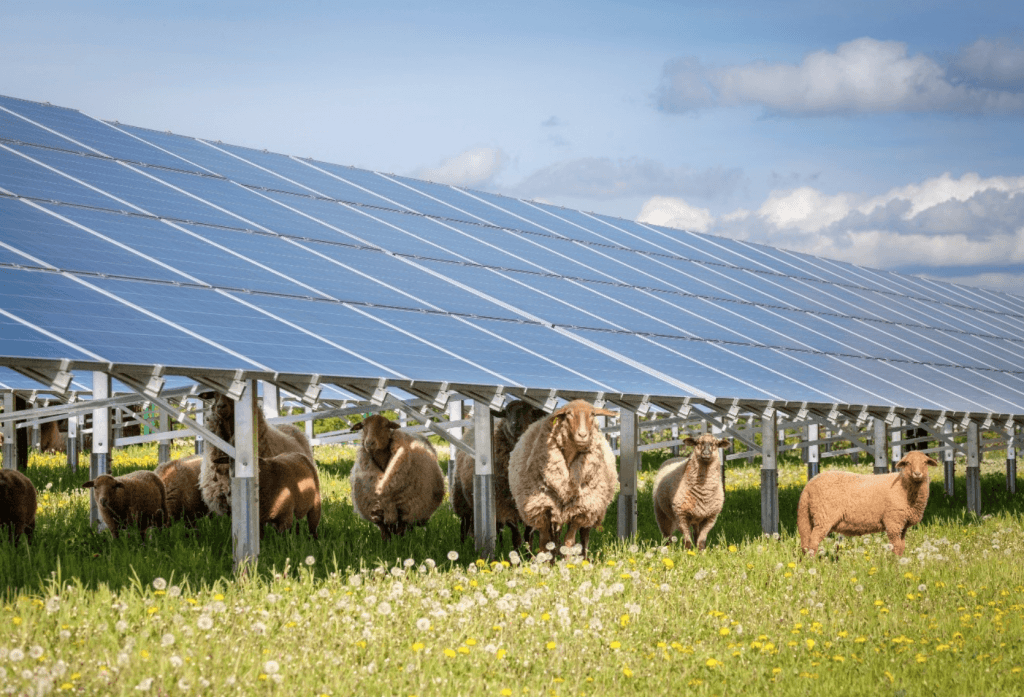
In a weekly column, alternately written by Lucien Engelen, Mary Fiers, Maarten Steinbuch, Carlo van de Weijer, and Tessie Hartjes, E52 tries to find out what the future will look like. All four contributors – sometimes accompanied by guest bloggers – are working on solving the problems of our time. Everything to make Tomorrow Good. This Sunday, it‘s Mary Fiers’ turn. Here are all the previously published columns.
This is Mary Fiers’ first column on E52. As an introduction, read this interview with her]
New ideas often raise resistance. The proposal to combine the development of new nature, even temporarily, with the generation of energy, is a good example.
Yet, this is not such a bad idea at all. In fact, I think it is a good plan. Our task is to create 10,000 hectares of new nature in the province of Brabant. Before 2027. That is quite a job. Brabant also faces a second challenge: becoming energy neutral. BrabantKennis wrote a useful article about it.
The Green Development Fund Brabant sees an opportunity to combine these two challenges (nature and energy). How? By generating energy at locations where we in Brabant want to create new nature, in a kind of transition situation. This can be done with “solar fields”, where the panels are slightly further apart (less shade) and on legs (space for cattle to walk underneath the panels). Under the solar panels, the soil can settle down after many years of intensive processing. In this way, nature can redevelop slowly but surely. Good examples of this way of nature development can be found in England. Good for the soil and the flora and fauna above ground. After a number of years, the solar panels disappear and new nature has been created. Partly financed by the energy revenues.
Of course, this requires something of the landscape design. But why not? It is a promising way to get our ambitions realized. In the first few years, we may still be looking for the final shape, but we’ll already be on the road to realization.
In addition to this win-win situation, there is also an economic necessity. Contrary to what was customary in the past, the government no longer pays all the costs of constructing nature. Co-financing is therefore needed. Initiators themselves have to look for a part of the amount involved in investing in new nature. This can amount to up to half of the total.
Nature conservation is precious. That’s a fact. A lot of square meters are needed to be able to create nature. Mostly agricultural land – and in Brabant, you will have to pay 70,000 euros per hectare for this. Creative solutions are required if we want to realize our nature conservation scheme in Brabant. Combining nature and energy is one. But there are more; combining nature and tourism, for example. Or the introduction of new forms of nature-inclusive agriculture.
We are looking for initiators who want to combine the nature conservation and energy tasks in Brabant. Who dares to step in? We’ll join you!

